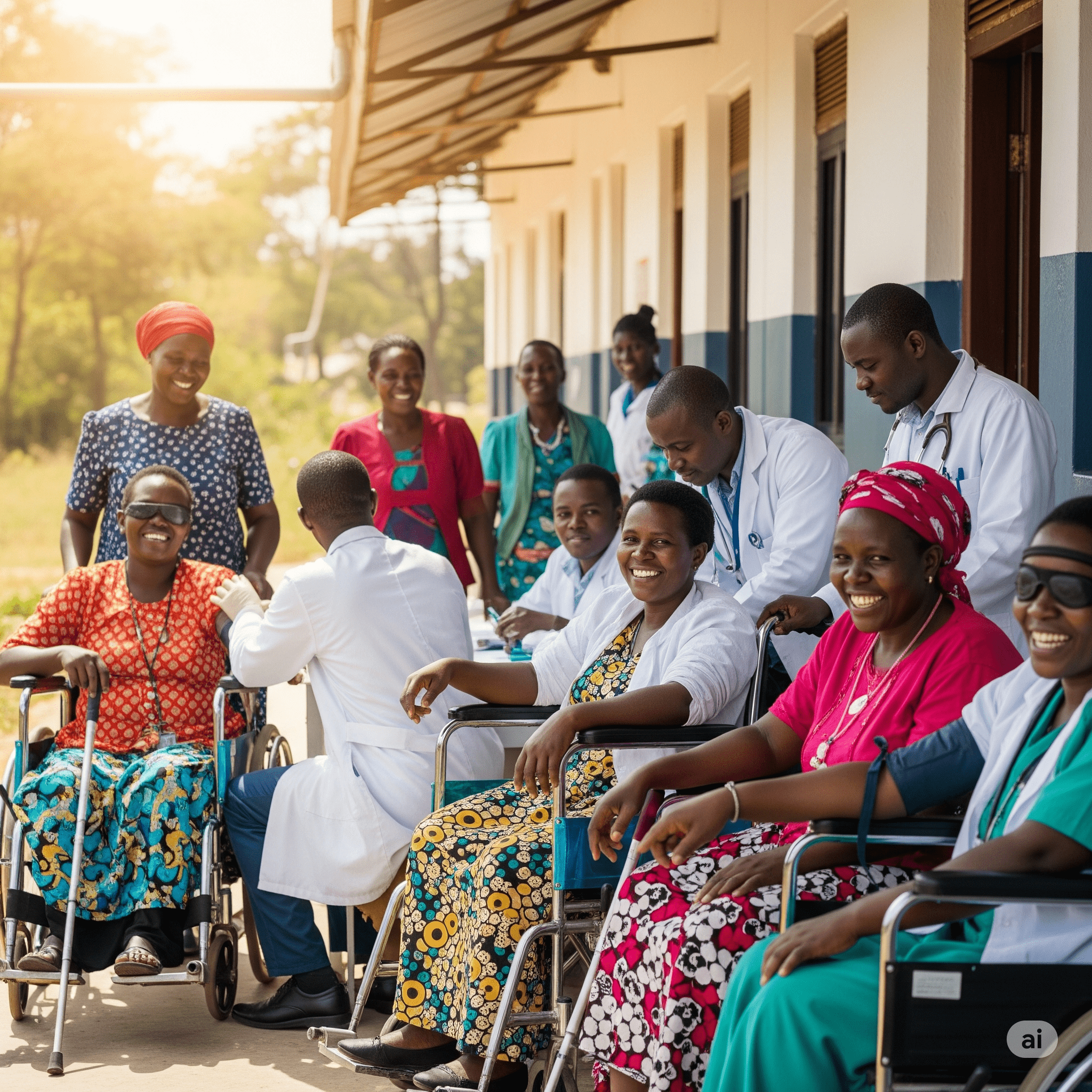Subtotal $0.00
Art is more than just expression—it is a powerful tool for healing, communication, and empowerment. For persons with disabilities, creative activities like painting, music, and dance provide a voice when words fail, a sense of accomplishment when barriers feel overwhelming, and a path to economic independence.
In a world that often focuses on limitations, art celebrates ability. It allows individuals to explore their talents without judgment, build confidence, and connect with others. For those with physical or intellectual disabilities, adaptive techniques—such as mouth painting, textured canvases, or rhythm-based music therapy—ensure everyone can participate.
The mental health benefits are profound. Many persons with disabilities face isolation, anxiety, or depression due to societal exclusion. Art offers an outlet for emotions, reduces stress, and fosters a sense of belonging. Group projects, like community murals or theater performances, create spaces where differences are not just accepted but celebrated.
Art also opens doors to economic opportunities. From selling paintings to performing in inclusive dance troupes, creative skills can become sustainable livelihoods. Exhibitions and public showcases challenge stereotypes, proving that talent knows no disability.
Programs that integrate art with advocacy and therapy are essential. They remind society that persons with disabilities are not passive recipients of care but active contributors to culture and community. By investing in creative initiatives, we nurture resilience, spark joy, and redefine what is possible.


